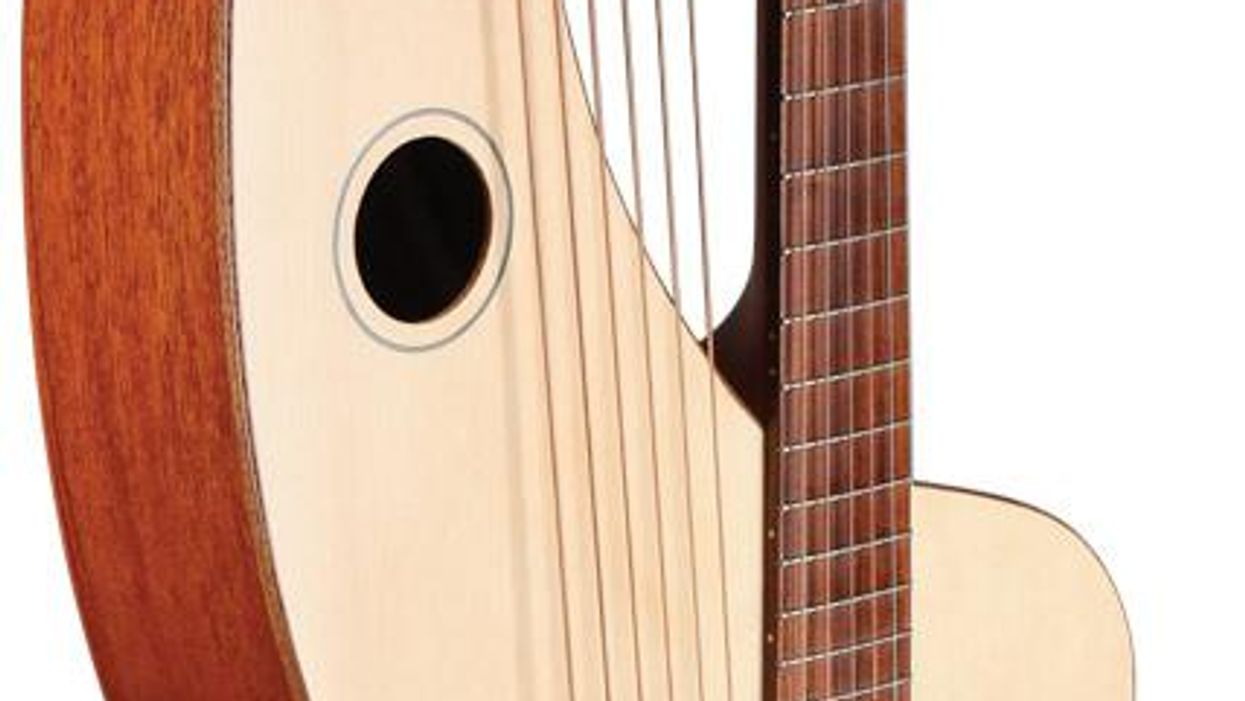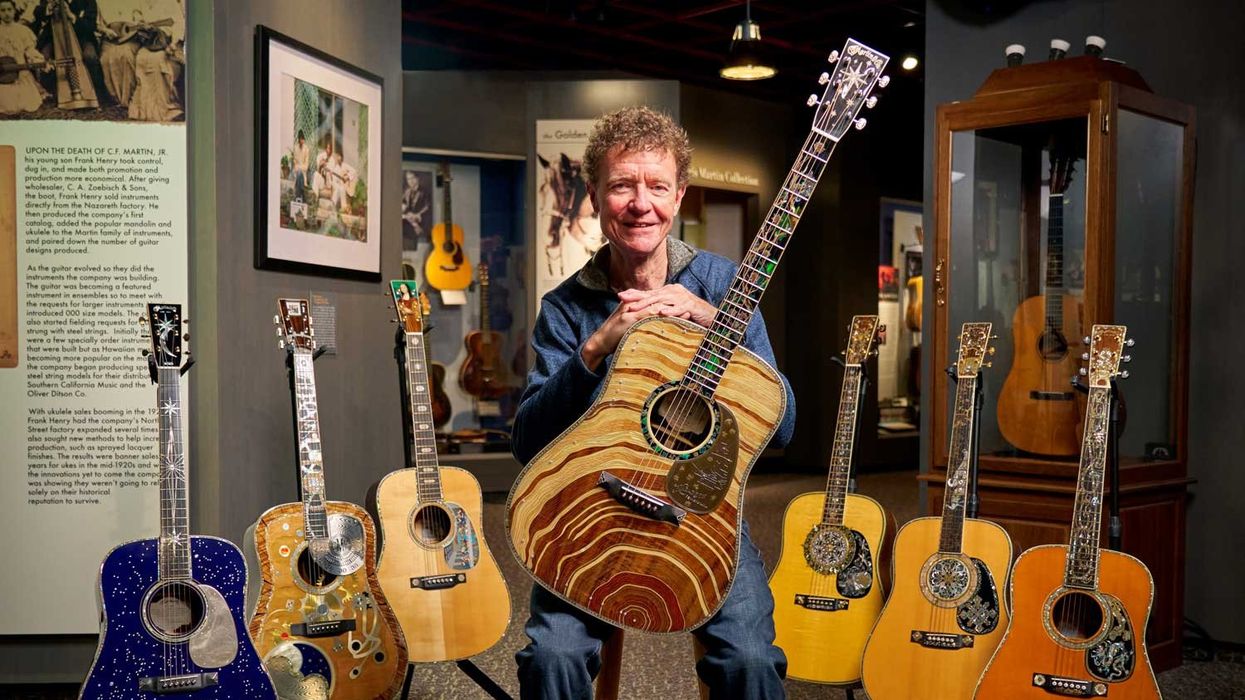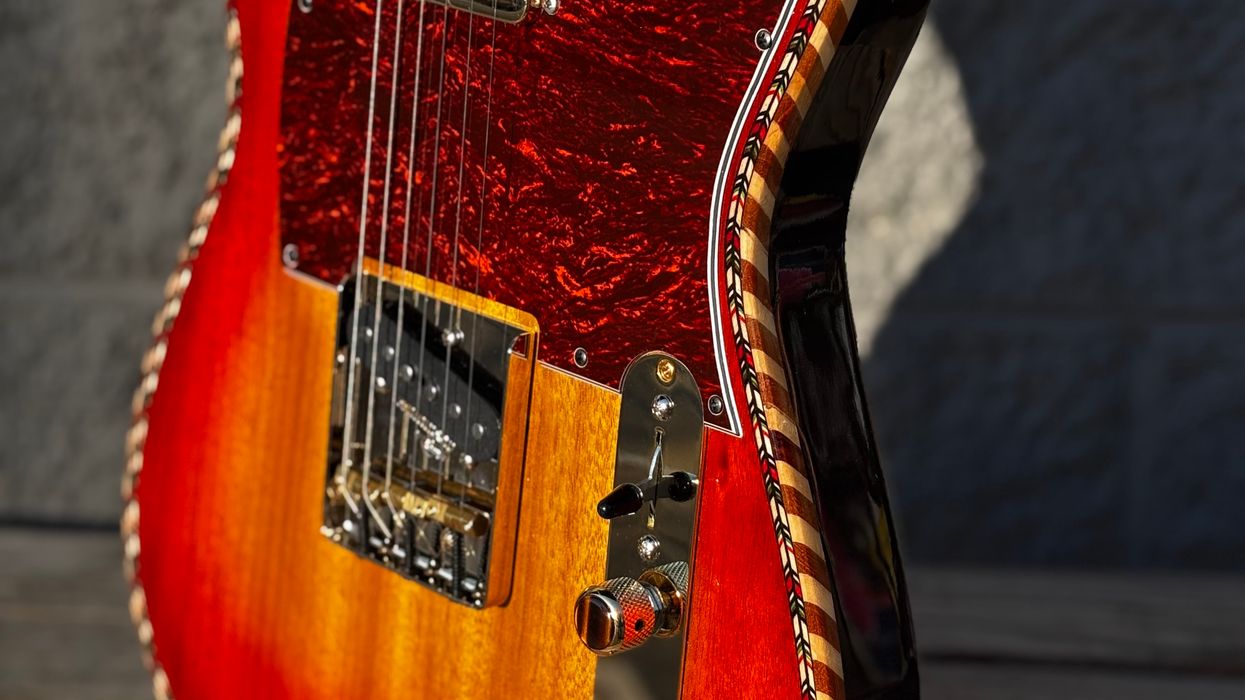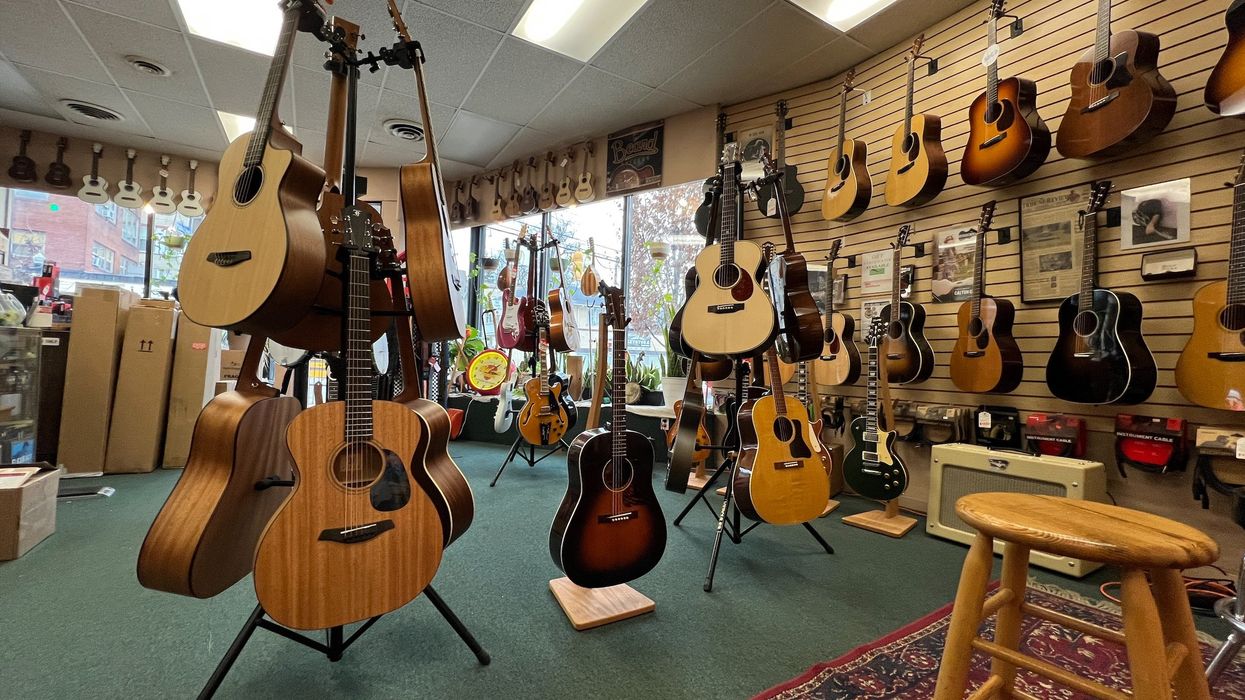If you think of the guitar as a species—like a plant or animal—that's trying to survive, it's apparent that the guitar uses a proven method to insure its continued desirability. That should be no surprise when you consider how the guitar came about almost out of nowhere in the mid-1800s and wound up dominating popular music for most of the latter half of the 20th century.
The guitar's popularity in North America didn't take off until the late 1800s, when it was pressed into service to provide backup in mandolin groups, the latest musical fad at the time. But more bass was needed than typical “parlor" model guitars could provide, and so harp guitars were invented (or at least re-introduced). With an instrument almost the size of a cello—with additional strings that added more bass notes and extra resonance—harp-guitar players did their best to balance the frenzied tremolos from the stars-of-the-show mandolinists.
By the mid-teens of the 20th century, Hawaiian music was the new fad and the guitar did double duty. A regular guitar—along with ukuleles—played backup, but the melody was played Hawaiian style, with the second guitar played on a musician's lap and “fretted" with a steel bar (like the Dobro that would come later).
Tenor banjos dominated the rhythm sections of dance bands until the late 1920s, when banjo tone lost favor (especially for slower cheek-to-cheek dancing). The more mellow sound of a guitar was needed, but what about all those banjo players accustomed to narrow necks and four strings tuned in fifths? Guitar makers including the tradition-bound Martin company wasted no time introducing guitars with a 4-string tenor-banjo neck. Somewhere in the midst of all this, the 12-string guitar—a version of the instrument that's still manufactured by virtually every guitar company today—was introduced.
Let's not forget the tremendous influence of Orville Gibson, whose guitars with carved tops and backs disrupted everything. Gibson's oval-soundhole archtops were supplemented by the L-5 in 1922, the first widely marketed guitar with f-shaped soundholes like those on a violin. This was the beginning of the jazz age, but close copies of early L-5 models are still a mainstay for many guitar brands almost a century later. The jazz guitar didn't stay acoustic for long, however, as magnetic pickups were soon mounted under the strings so guitarists' solos could compete with trumpets and saxophones. Meanwhile, the Hawaiian guitar shed the mechanical amplification of cones and resonators when it was discovered that a simple plank of wood (or metal casting) with a pickup at one end, tuners at the other, and a printed fingerboard in the middle was all you needed to have an electric “lap steel" guitar.
You can see the trend here. By 1941, when America became mired in World War II, the guitar had become a wide-ranging family of instruments, with some barely even recognizable asguitars. Instead of just modestly sized flattops that were steel-string versions of the Spanish classical, guitars had become bigger and louder.
By 1950, Leo Fender had opened Pandora's box by introducing what became the Telecaster, and solidbody electrics freed builders to make guitars of every shape and color, including models with two necks. During the same period, however, the violin—which once outsold the guitar 10 to 1—didn't change at all.
The same mutate-and-conquer concept has continued in more recent years. From acoustic pickups to whammy bars, the guitar draws innovation like a magnet. Acoustic basses took the 1980s by storm and travel-sized guitars have sold well since the 1990s.
Baritone guitars have also proved popular, as have instruments in the opposite direction in pitch, like the Veillette Gryphon, a small, short-scale 12-string that's tuned to D. Fan-fretted (aka multiscale) guitars are becoming more mainstream and affordable, especially as guitarists are finding that a fan-fretted neck just looks more unusual than it feels when you're playing on it.
I'm sure there are dozens of guitar innovations I've missed here, and while some have failed, that doesn't mean they'll be gone forever. The harp guitar, for example, was considered little more than a curiosity from the distant past until a few years ago. There's now a huge website dedicated to the instrument and new versions of excellent quality are available again at reasonable prices.
The guitar is alive and well, thanks in part to the fact that you never know what form it's going to take next.


















